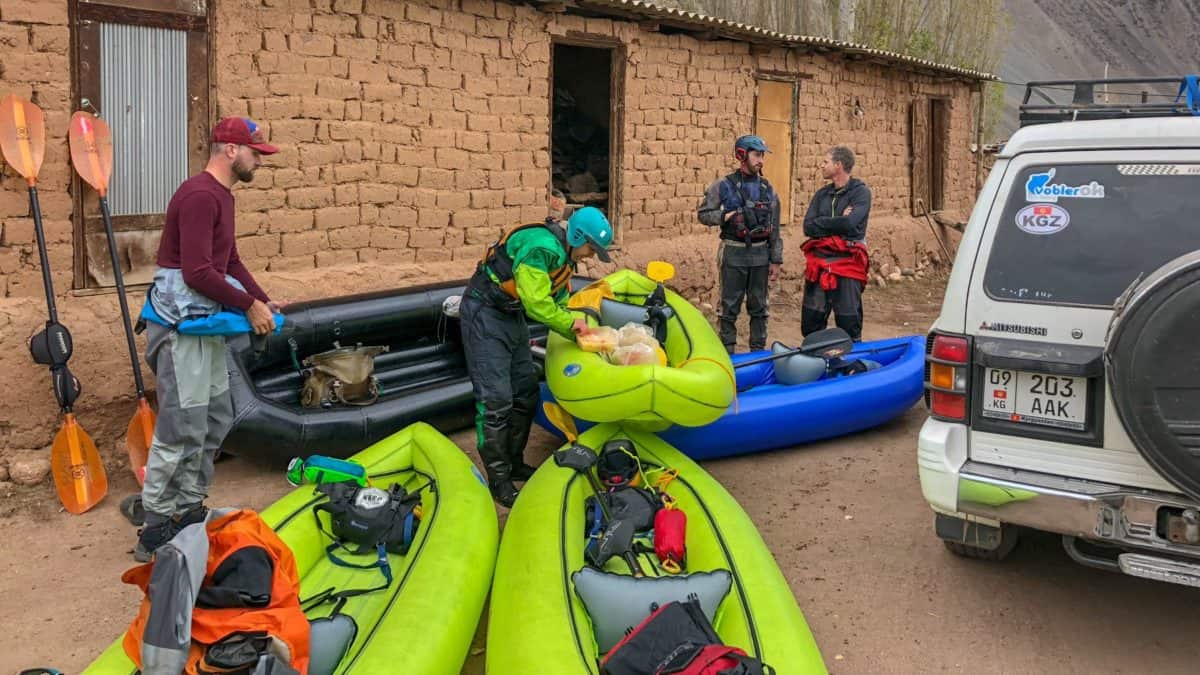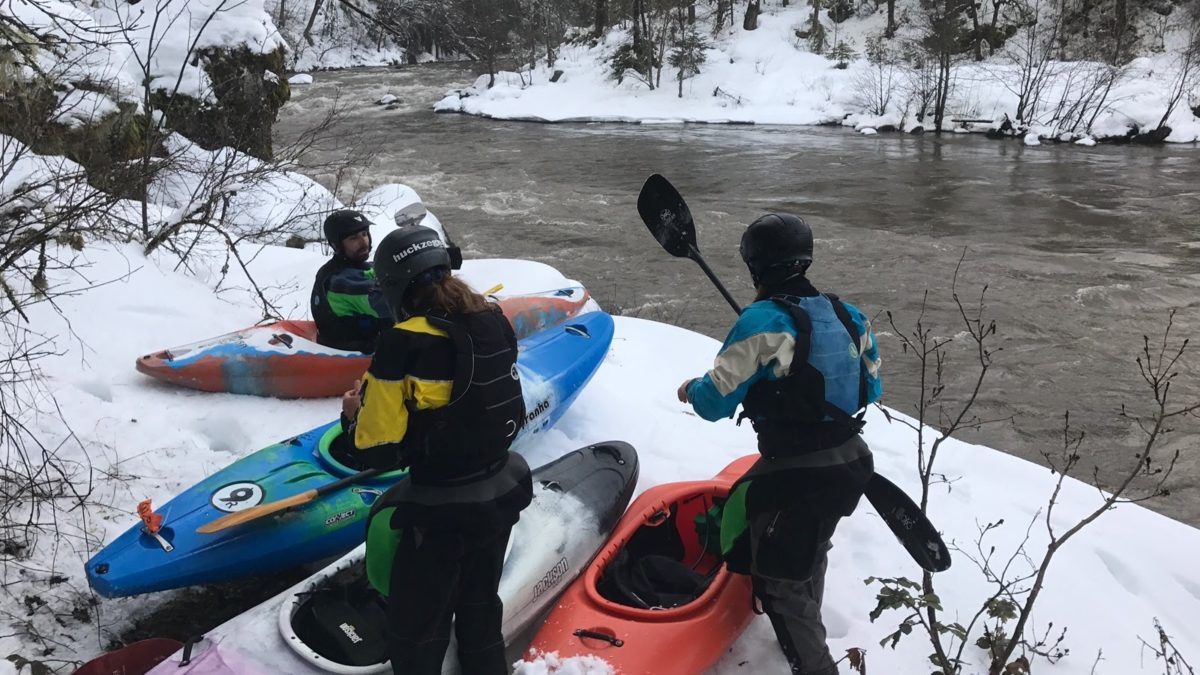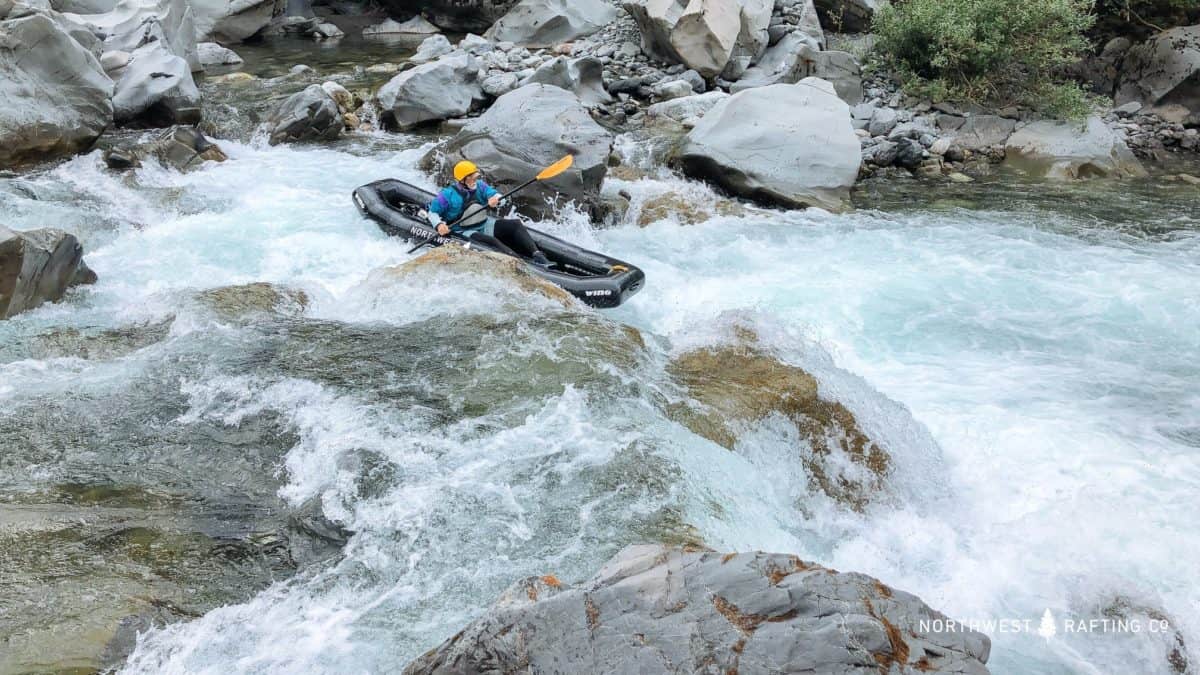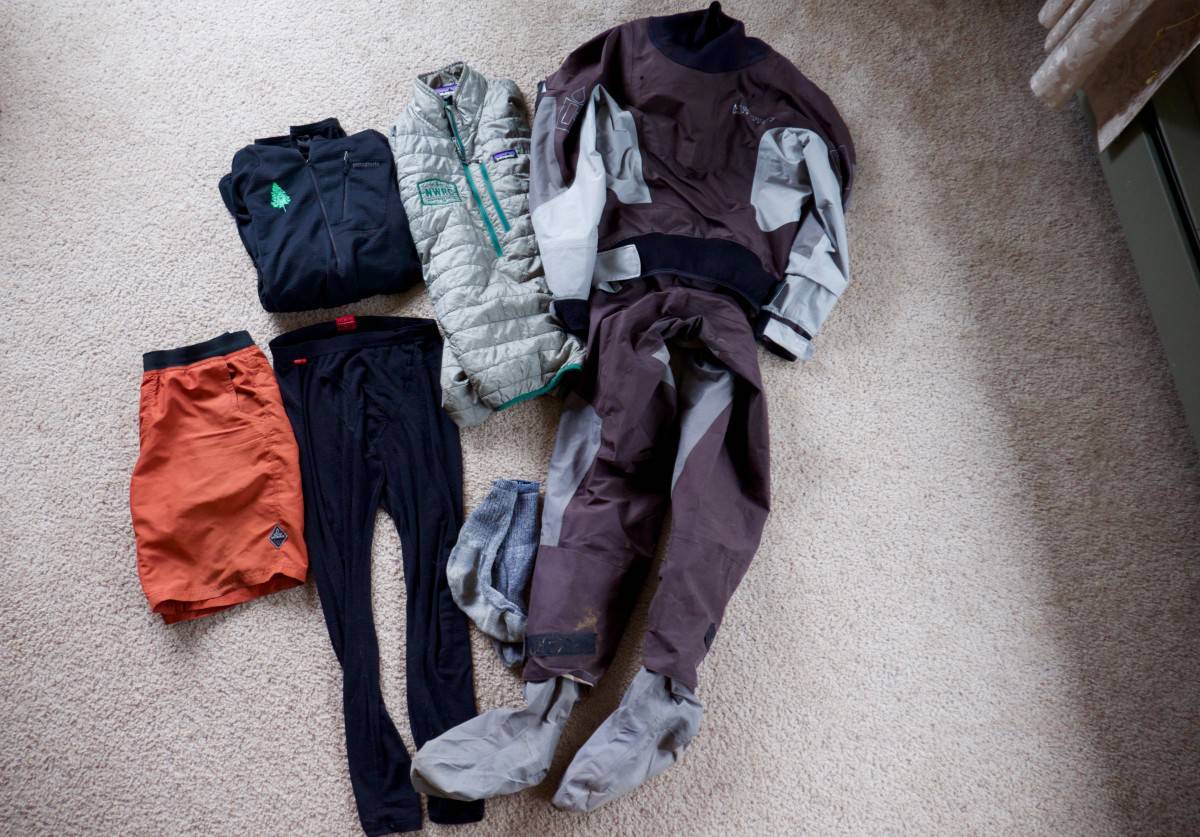Do I need a dry suit for kayaking?
The short answer is: it depends on the river. If you are kayaking all year round, and the winter months are cold and snowy, you are going to want a dry suit. If you are a fair weather boater and only paddle in the summer, on warm rivers, you do not necessarily need a dry suit.
Getting into a longer answer, there are a few other factors to think about. First weigh your likelihood of swimming. What class is the river and what class kayaker are you? Second, what is your comfort level in cold water. If you get cold easily, you might want to consider a dry suit so you can be comfortable paddling and not as worried about a swim.
Dry suits can be lifesaving if you have a long out-of-boat experience or if you get caught on the river in bad weather.
Drysuit vs. Wetsuit
When a drysuit is worn properly and in good condition, it will keep you completely dry. However, unless worn with the proper undergarments, it is not good at keeping you warm. There is no insulation between the waterproof fabric and your skin. Thus, if you wear a dry suit in cold water or weather, you need appropriate layers underneath. Dry suits are a lot more expensive than wet suits but they are, in my opinion, much more convenient for winter paddlers. Consider it an investment. In my experience, I am much more likely to go kayaking in the winter when I know I will be dry and warm. There are good used dry suits for a cheaper option.
When a dry suit is worn properly and in good condition, it will keep you completely dry. However, unless worn with the proper undergarments, it is not good at keeping you warm.
Wet suits will not keep you dry. They are designed to heat a layer of water in between the neoprene and your skin to keep you warm. The thicker a wet suit, the warmer it will be, but it will also be more restricting. Some paddlers choose to use the arm less farmer john style wet suits but they will not be as warm. If you choose to paddle in a wet suit, layering wool, fleece or synthetic clothes on top as well as a splash or waterproof jacket is a good supplement.
What is the best dry suit for whitewater kayaking?
There are a few different brands that market specifically to whitewater kayaking. The three most common brands I have seen on the West Coast are:
I have a Kokatat dry suit. I chose it because I could customize the fit and it is made with Goretex (the most waterproof and breathable fabric). Living on the west coast, I can send my dry suit to Kokatat (in California) for pressure testing and repair of any leaky spots.
There are many different styles to choose from and a lot comes down to personal preference. Some people enjoy the having a back zipper so it will not interfere with paddling while others like the zipper in the front so it is easier to close. Females have the option of a drop seat or a front relief zipper.
The cost can impact your decision as well. Immersion Research dry suits tend to run
slightly less than Kokatat or Sweet Protection equivalents. For an additional price, Kokatat also offers custom fitted dry suits which are great for long limbs or big shouldered kayakers. Sweet Protection is based in Sweden, so shipping and repairs will be more expensive.
What to wear under a dry suit kayaking?
My go-to layers under my dry suit are merino wool long johns, wool socks, and a fleecy thing or two depending on the weather. I avoid cotton in case I end up misjudging the temperature and end up sweating excessively. A lot of people like to wear fleece union suits, Immersion Research has great options. As a female, I am more inclined to wear separate tops and bottoms, mainly for the ease of bathroom breaks.
Since dry suits are dry, you can wear anything you want under them. I have friends that like to wear their everyday jeans and t-shirts so they can get back work after a quick lunch paddle.
When to wear a dry suit
In summary, there is no exact science for when to wear a dry suit. Everyone reacts differently to the cold. Those who are more prone to cool temperatures should wear a dry suit more often. If you are paddling on a cold river and have a high chance of swimming or paddling in a remote area, wearing a dry suit is also a good idea. If all these factors apply to you, a dry suit can improve your whitewater kayaking experience.








